The Last Feast
Guy Levy / Vicki Skandarion / Tamir Zadok / Tal Shochat
Curator: Sari Golan
06.06.2019 - 06.07.2019
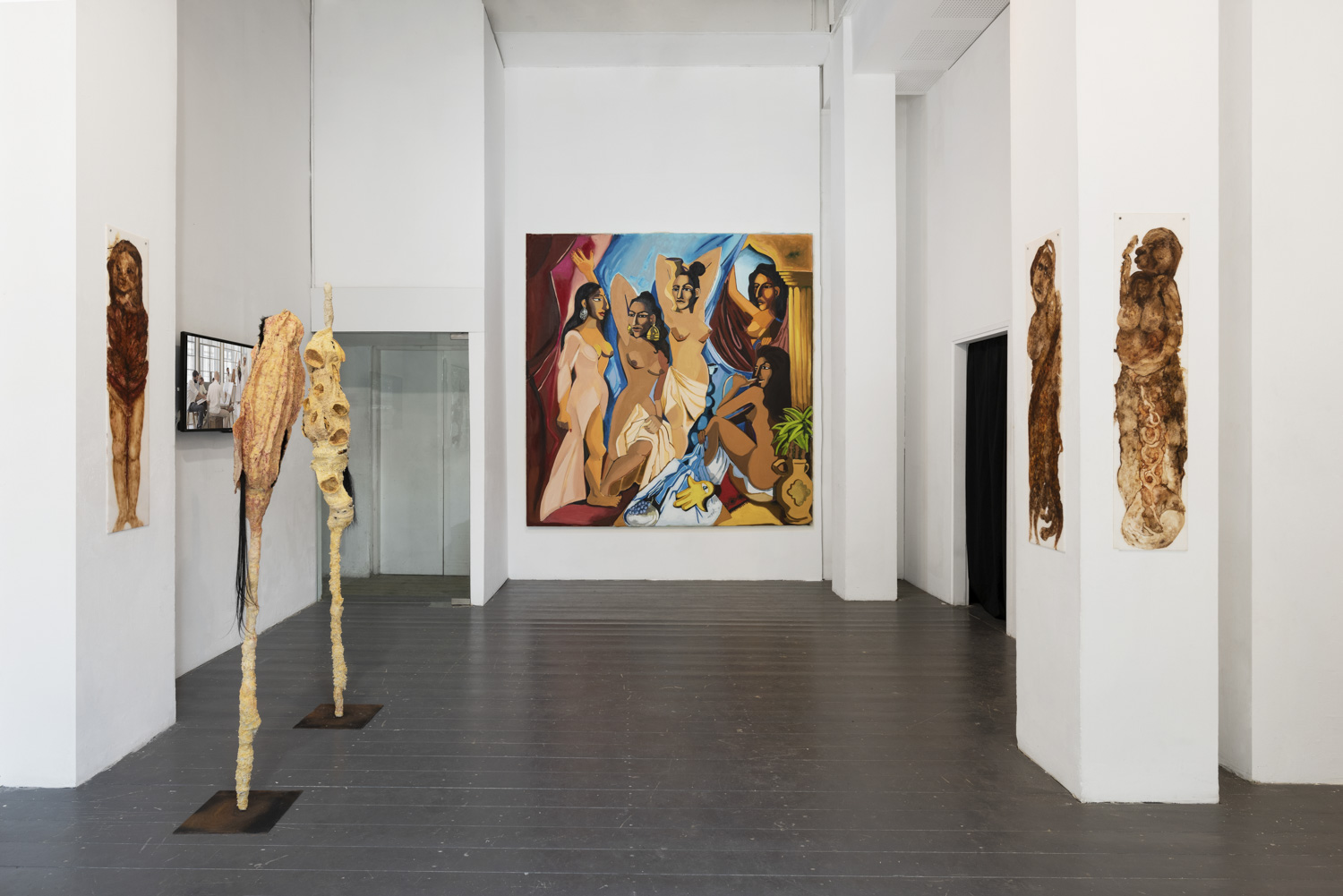
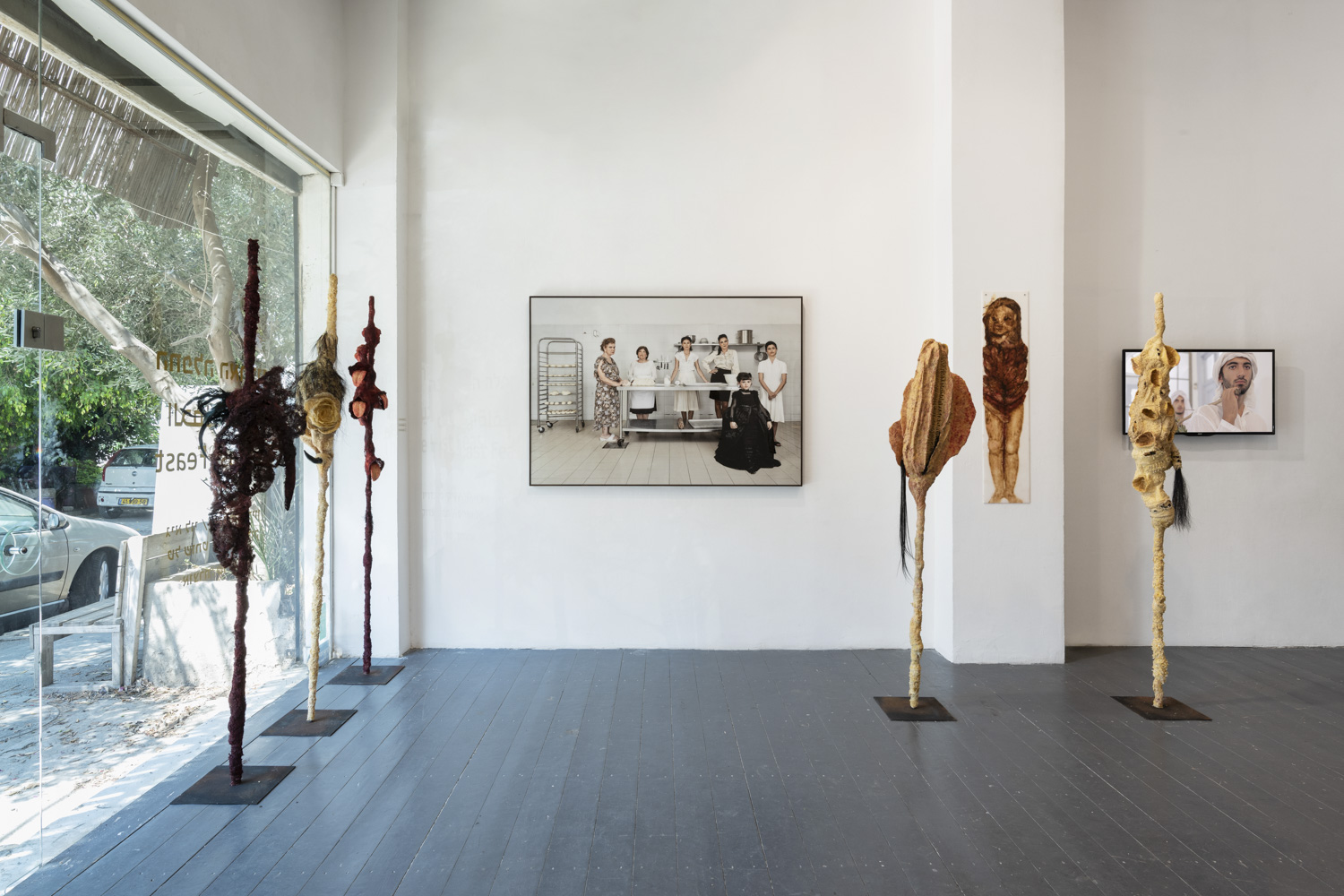
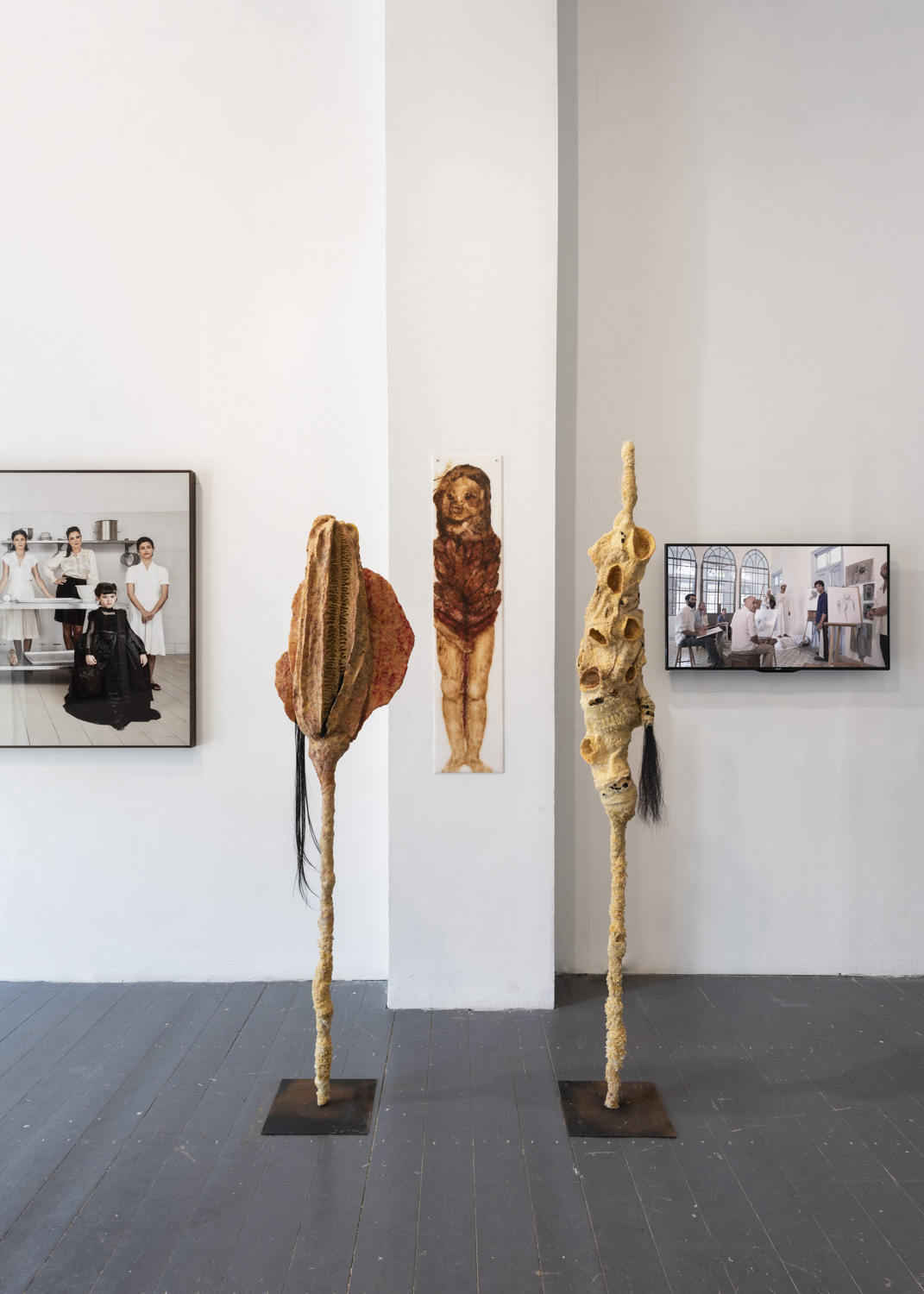

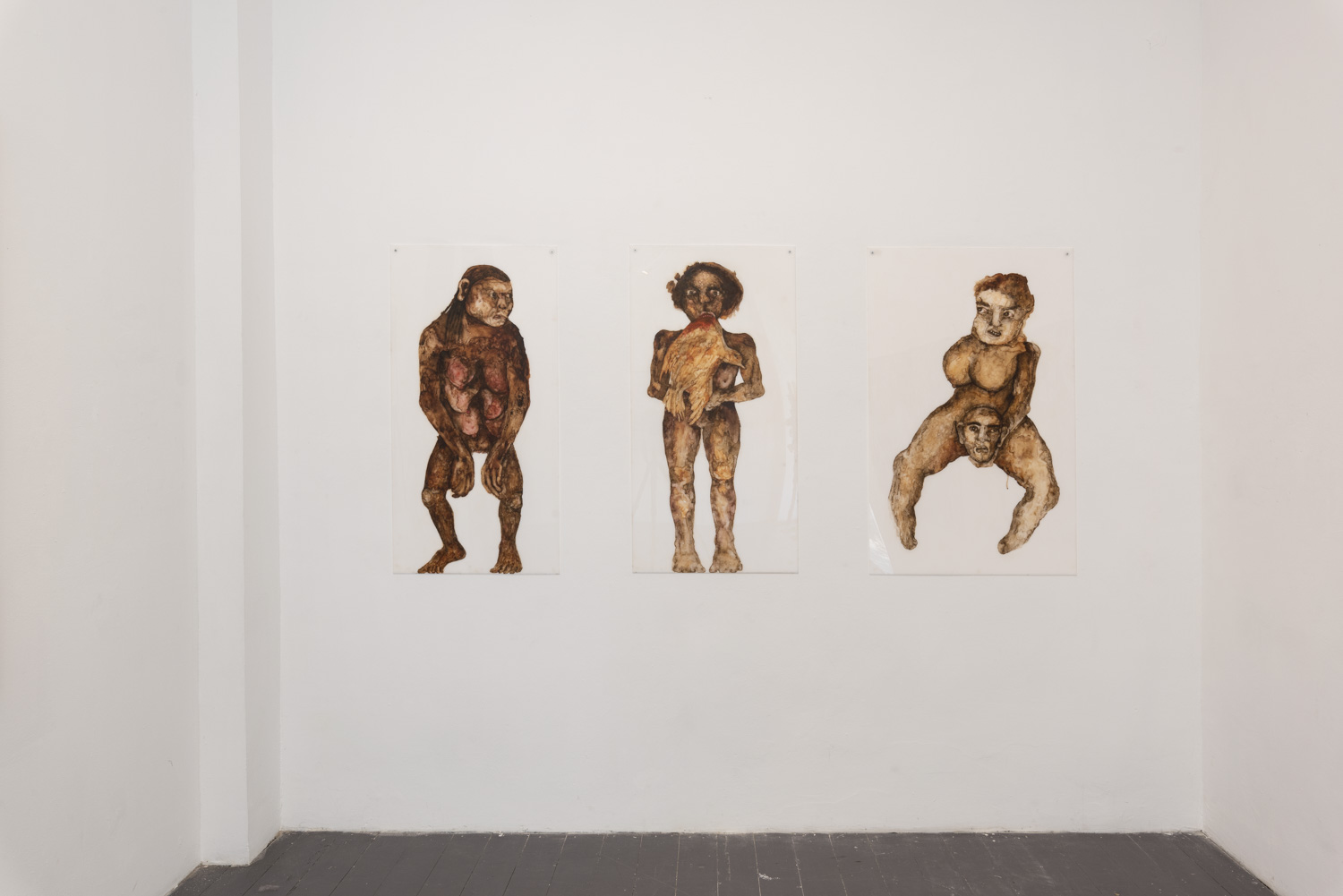
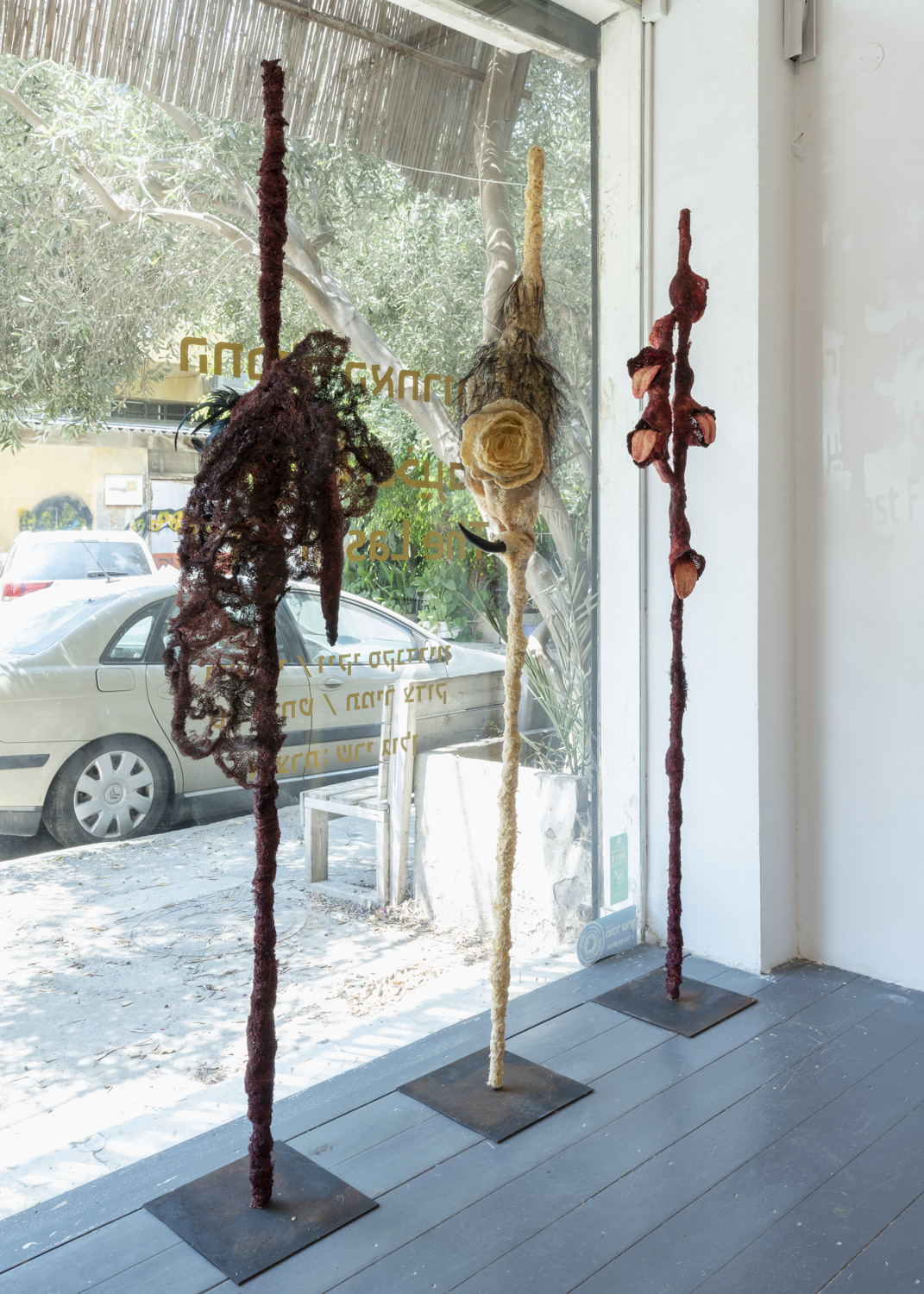

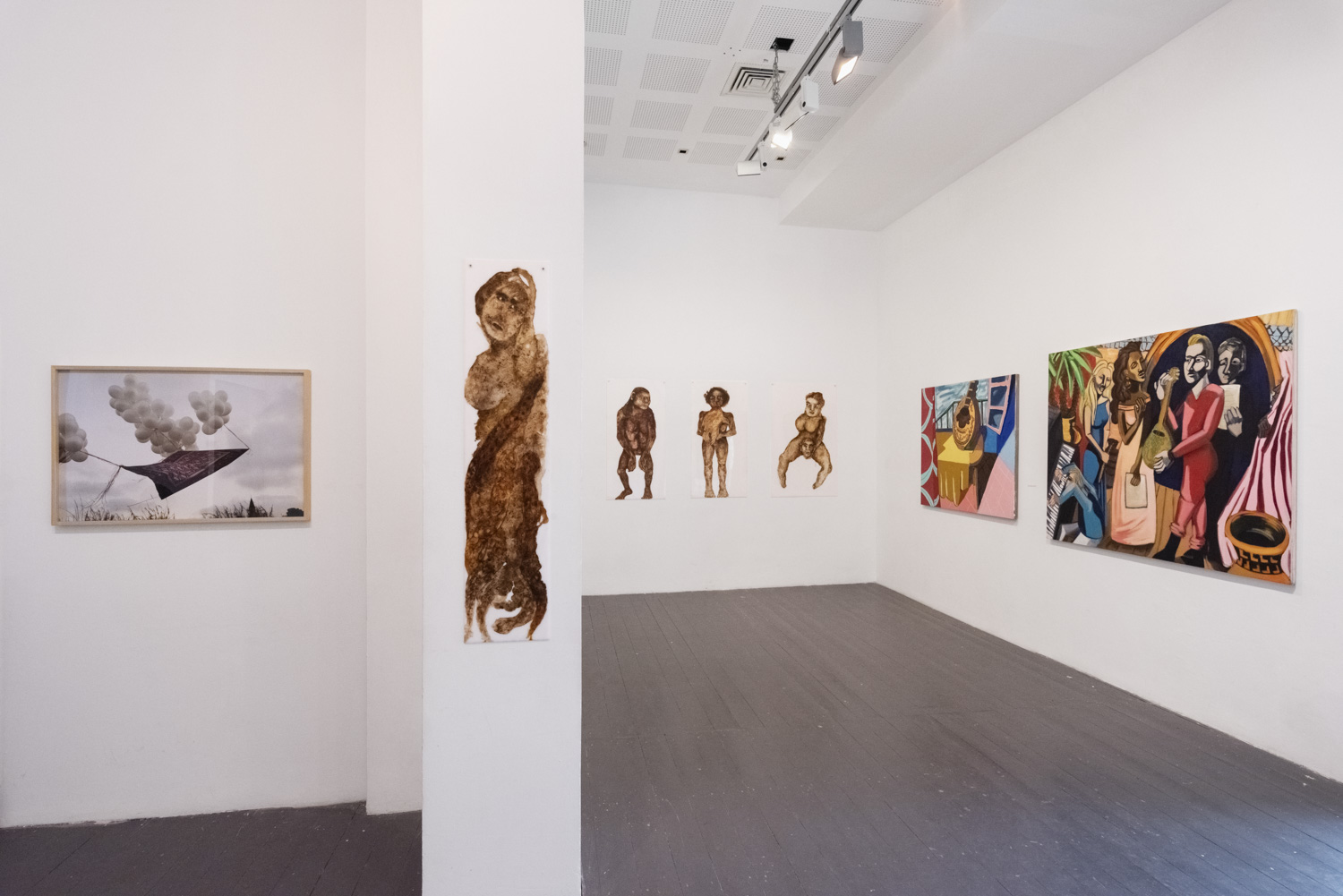
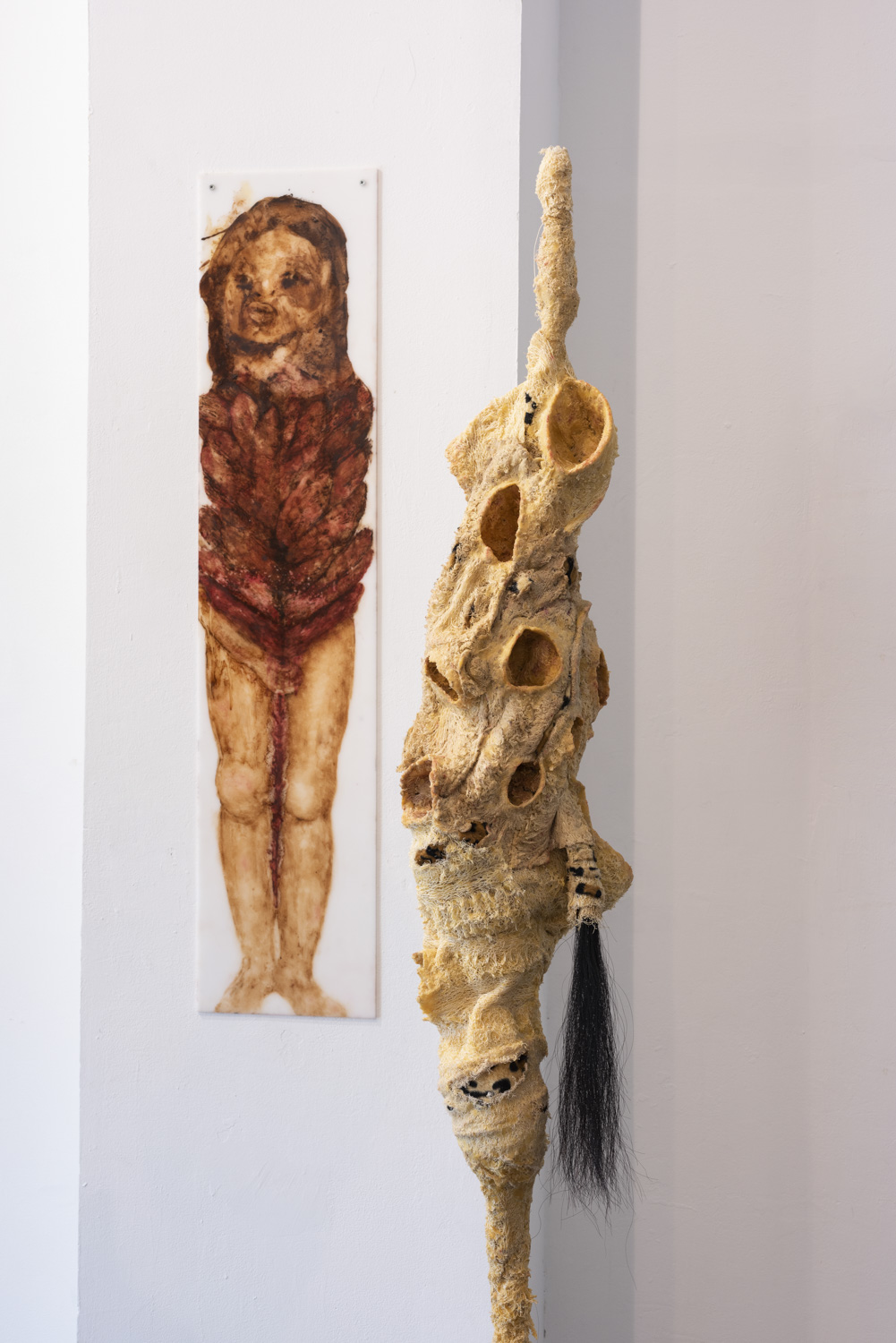



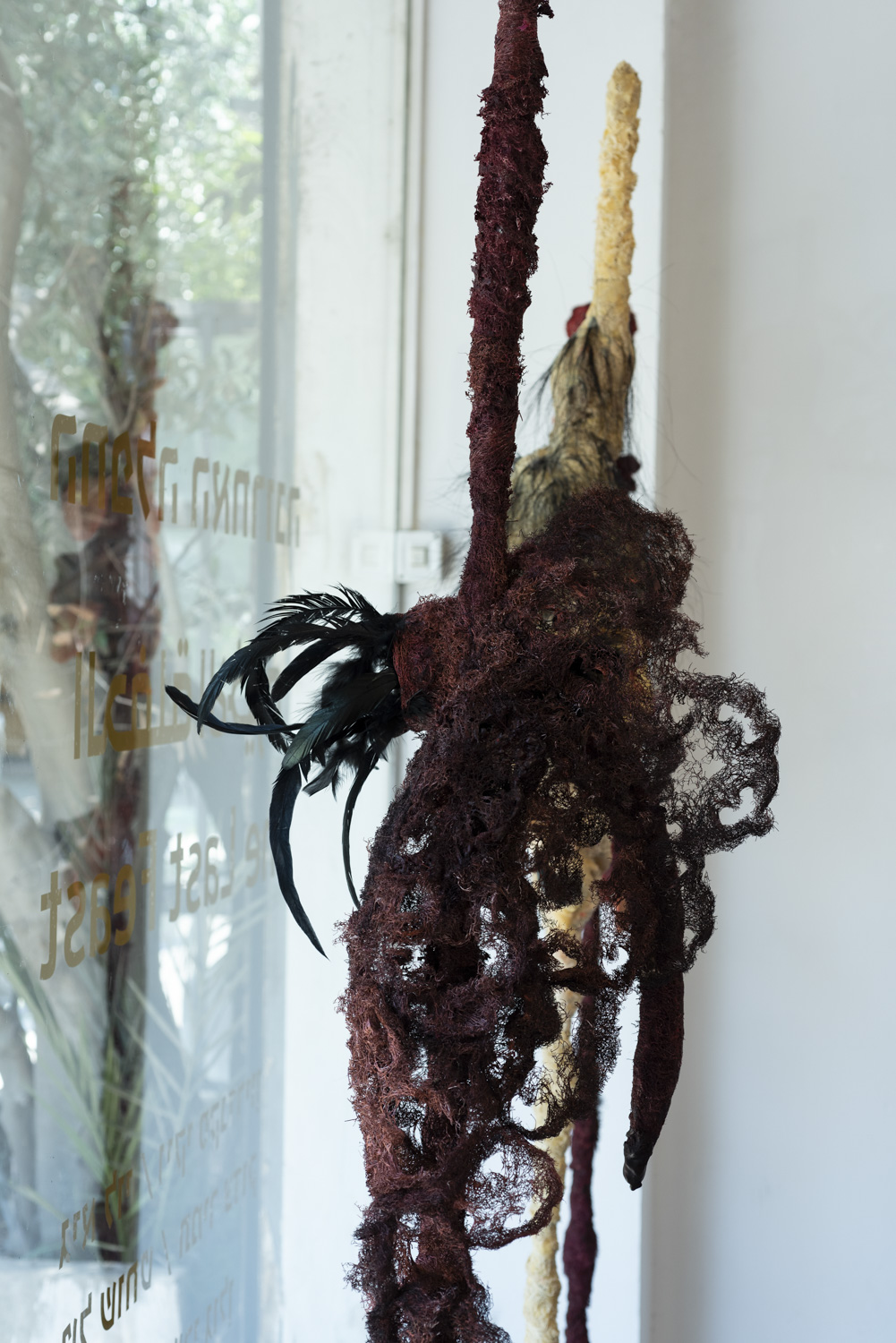
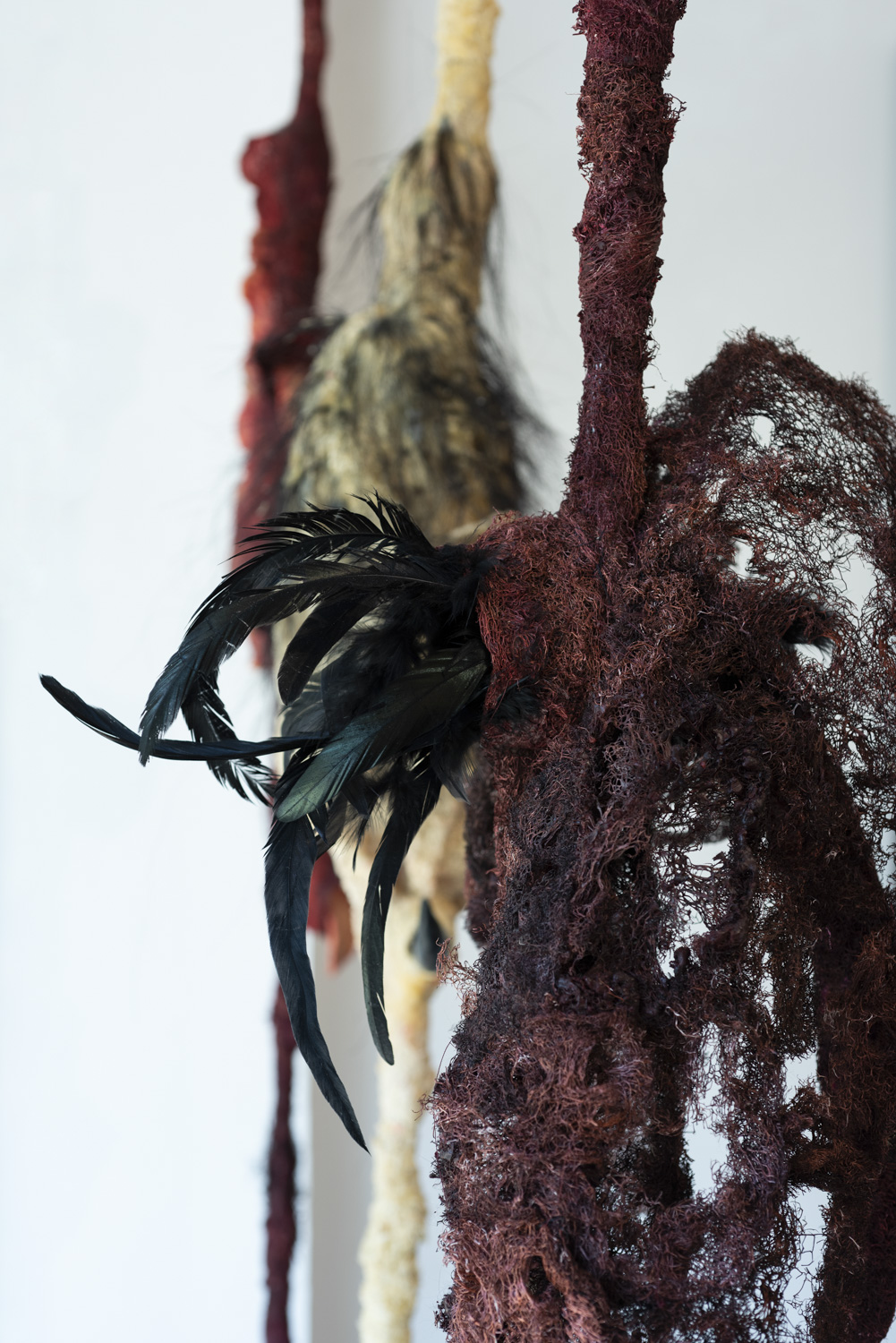
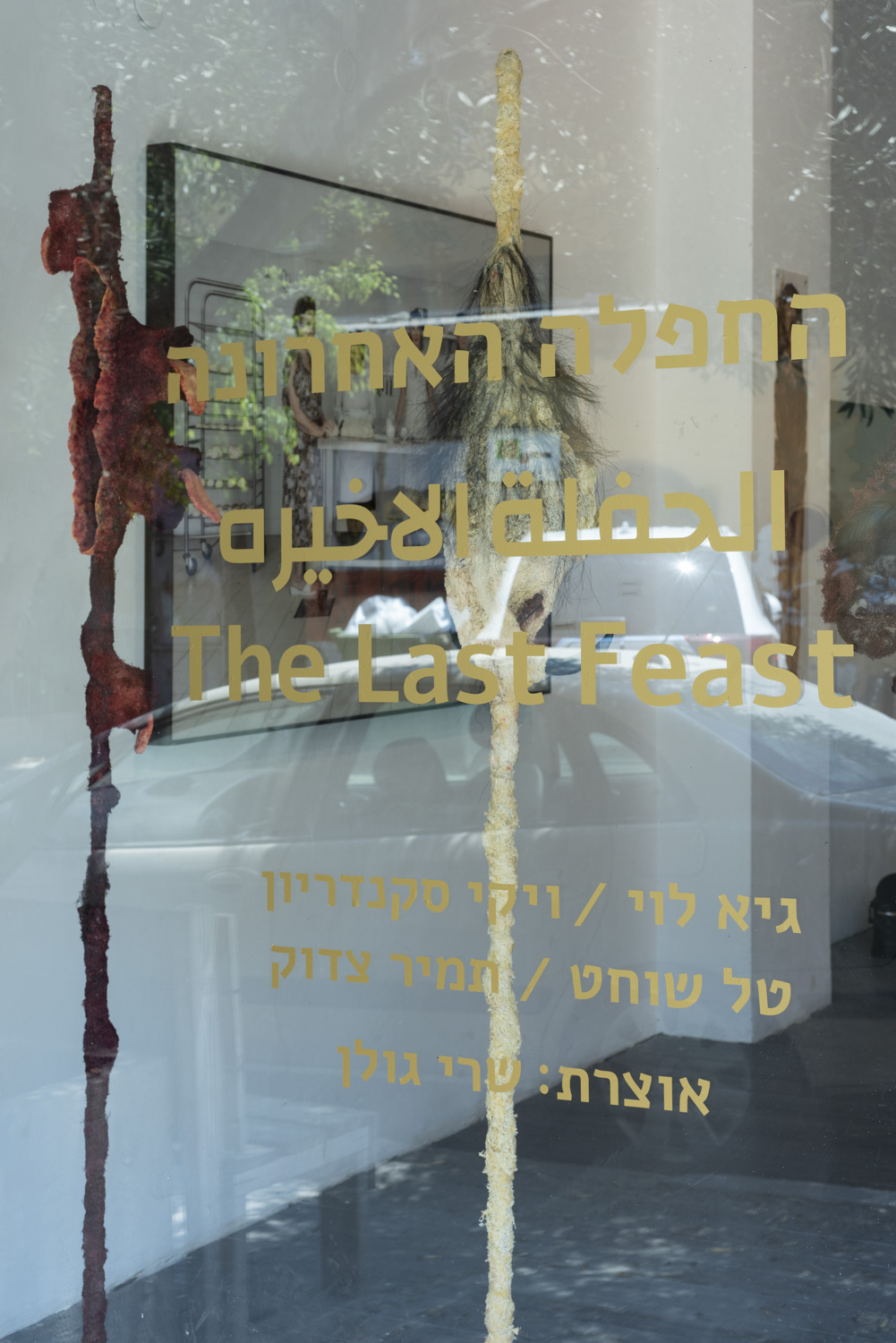
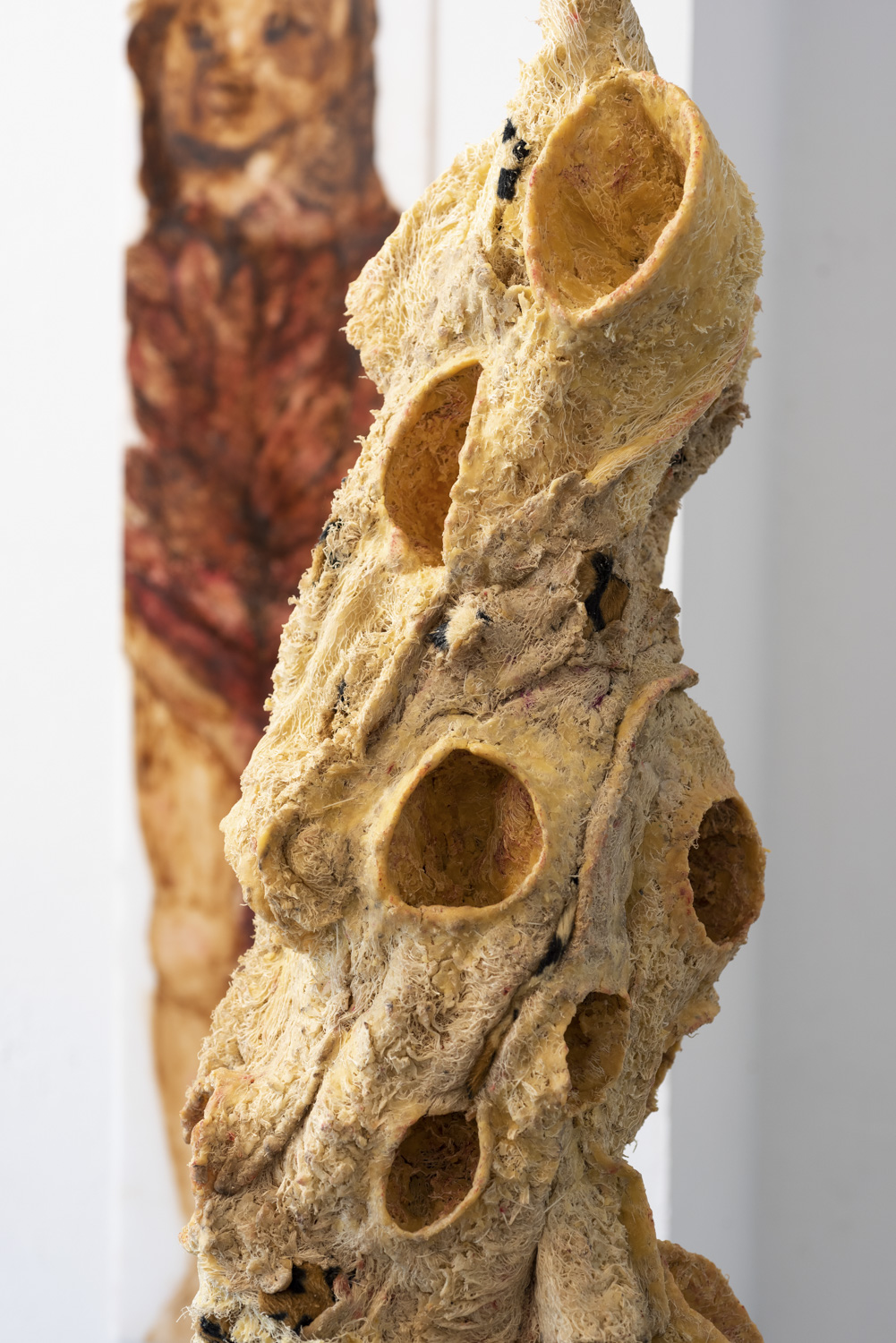

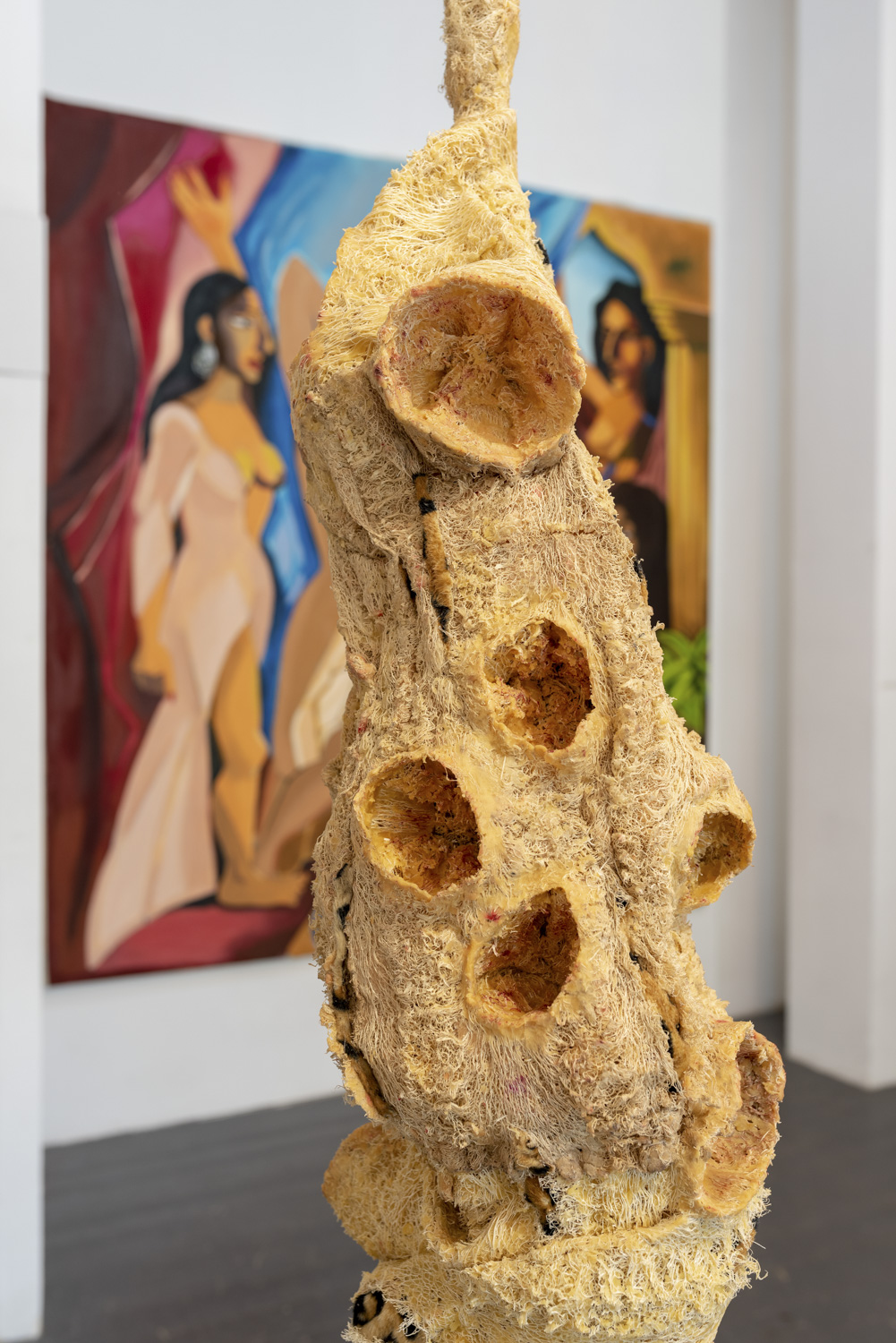
The Last Feast
In this exhibition, four contemporary Israeli artists hold a complex dialogue with the history of western art in relation to their Israeli-Mizrahi identity. Their works refer to Giorgio Agamben's claim that in order to create a new present and future, one must critically read the past and question its effects. The past the artists refer to in this exhibition is the history of Western art on which they cultivated, in Israel, despite their oriental roots and despite their presence in the Middle East.
In the exhibition, the artists raise questions about their own position towards their "Orientalism," about the attitude they express toward the history of Western art, and about the complex relationship between the Israeli art world and the modern Eurocentric art world.
Guy Levy's oil paintings depict an "orientalist" Mediterranean environment in a festive atmosphere accompanied by a feeling of end-of-days by using black humor and grotesque imagery. Levy's dialogue with art history is ambivalent: a "love-hate" relationship which is expressed, on the one hand, in various picturesque gestures inspired by German Expressionism, Matisse and other Western artists, while on the other hand there is social criticism indicated by his choices of images.
Tal Shochat’s video art work "Feast" is a feminist, oriental and critical tribute to Da Vinci's "The Last Supper". The work depicts a women-only banquet, but instead of sitting around a table like in “The Last Supper," they are situated on carpets as they hold a middle eastern-style feast. The women eat with exaggerated gestures, emphasizing signs that are supposed to express desire, liberation, etc. The critique of the work is directed both at the history of Western art and at representations that are considered oriental and orientalist
Vicki Skandarion will exhibit a body of works composed of paintings and sculptures. The female figures in her paintings bring to mind ancient fertility figurines as well as Christian iconography. The figures are painted with brown oil paint, and appear rich and muddy on the shiny white Formica surfaces. In her work, Skandarion refers to the representation of the pure white woman throughout the history of art. The women in her paintings appear nude, broad and seem bigger than life.
Tamir Zadok will present a number of photography works featuring motifs of orientalism and Arabism as they were represented in Israeli art during the founding of Bezalel in the early 20th century. The representation of the oriental and the Arab in art was established in this period as a fabricated starting point for the history of Israeli art. Thus, in his video art work “The Painters”, Zadok is paraphrasing the story of the biblical spies and his orientalist representation.
About the artists
Guy Levy is a painter who lives and works in Tel Aviv. Graduate of the Department of Multidisciplinary Art "Shenkar".
Vicki Skandarion lives and works in Tel Aviv and Jaffa. She is engaged in drawing, painting and sculpture. She is a graduate of art studies at the Midrasha College of Beit Berl College, and holds an MA in clinical social work at Bar-Ilan University.
Tamir Zadok lives and works in Tel Aviv. Engaged in photography and video art. He is a graduate of the Department of Photography at the Hamidrasha School of Art, Beit Berl college, and holds an M.F.A in Cinema at Tel Aviv University. He teaches video and photography at Bezalel, Musrara and Mensher.
Tal Shochat lives and works in Tel Aviv. Engages in photography and video art. Graduate of the Hamidrasha School of Art, Beit Berl.




Burn the Bridges Down
Two Moons is the forth exhibition in the annual theme of 2019, which is dedicated to exhibitions relating to the concept Burn Your Bridges Down.
The word Bridge describes an architectural functional structure that connects two places, and is commonly used as a metaphor. The command Burn your bridges is used as a strategic plan in situations of siege or persecution.
Bridges symbolize physical and mental territories, changes and transitions between periods and interpersonal relationships. We are accustomed to thinking that the path to growth and progress must be based on creating continuity and bridging gaps. Sometimes, however, the only way to move on, to reinvent ourselves, to rise up like a phoenix from the painful memories, is to sever the relationship irreversibly. To burn the bridges so that we can no longer go back, in order to prevent demons from the past from continuing to persecute us.
In the 2019 exhibition we will examine the concept of burn your bridges down from a variety of aspects: personal, intimate, political, historical, gender and social.


